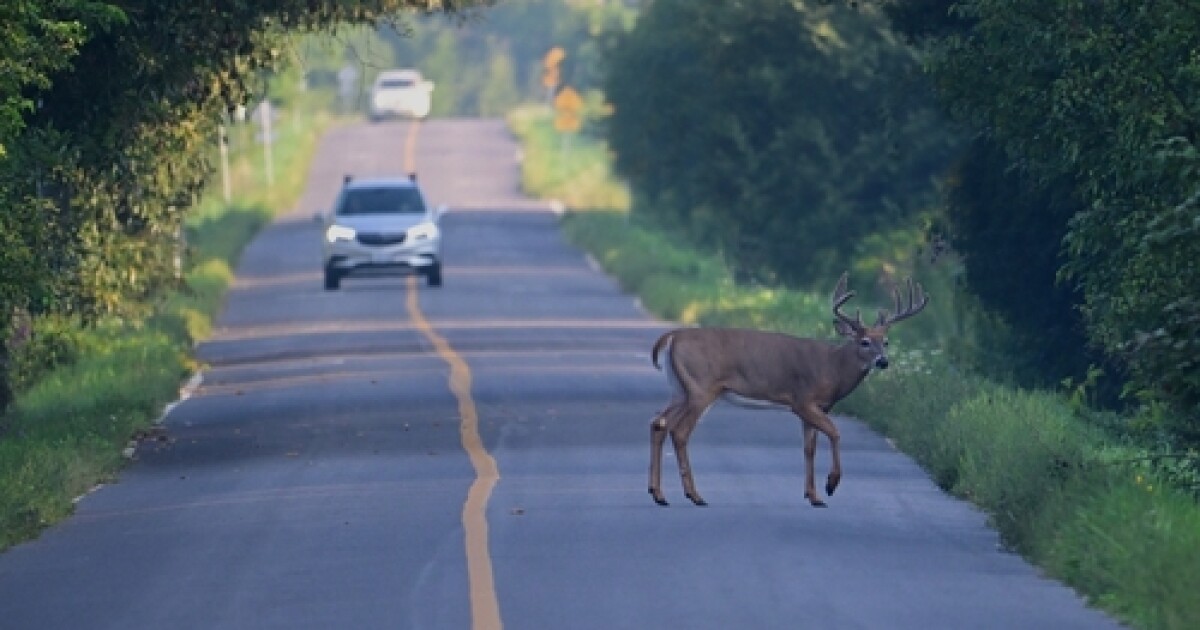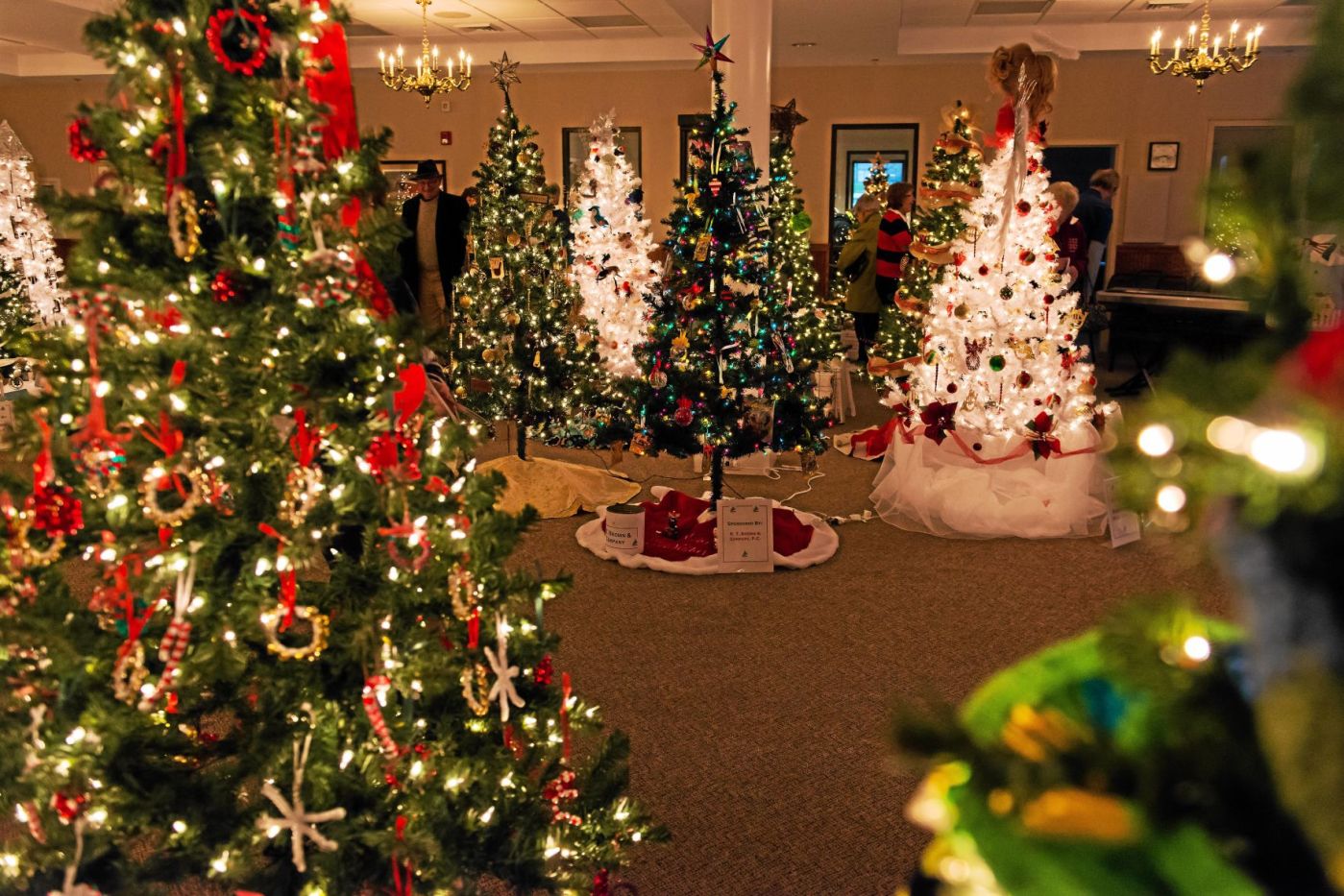UPDATE: New research confirms a staggering 16% increase in deer collisions within just one week following the recent switch to standard time. Experts are sounding the alarm for drivers to exercise heightened caution on roads as the seasonal time change coincides with increased wildlife activity during peak driving hours.
According to Environment Colorado, the shift to standard time pushes rush hour into darker evening hours, when deer are most active. Rachel Jaeger, an associate with the organization, emphasized the urgency: “Their internal clocks don’t change just because we change our external clocks,” she explained. This critical insight highlights the need for drivers to remain vigilant, especially during dusk and early evening.
In a stark warning, Jaeger noted that drivers are 14 times more likely to hit a deer in the two hours after sunset compared to the two hours before. Most wildlife-vehicle collisions in Colorado involve deer, impacting not only wildlife but also public safety.
Officials from the Colorado Department of Transportation (CDOT) are taking steps to address this alarming trend. Shoshana Lew, the CDOT Executive Director, pointed out that infrastructure improvements can significantly reduce these dangerous encounters. “A properly placed wildlife crossing can reduce these collisions by as much as 90%,” Lew stated, underlining the effectiveness of wildlife crossings in managing hotspots where collisions frequently occur.
Currently, Colorado boasts 75 wildlife crossings, with more projects in development, including the much-anticipated Greenland Wildlife Crossing, set to become the largest of its kind in the world, opening later this year. Despite these advancements, Lew reminded drivers to remain cautious. “We love living amongst nature, and we have to drive in a way where we know that our neighbors are not just other drivers, but the animals who reside here as well,” she said.
As the season changes, sudden weather shifts also pose additional risks. Officials recommend that drivers avoid distractions, use headlights, reduce speed, and increase following distances, particularly around sunrise and sunset. Looking for the bright, reflective eyes of animals along the road can also help prevent accidents.
The message is clear: as we adapt to the time change, awareness and caution are paramount to ensuring safety on the roads. Drivers are encouraged to use public transit whenever possible to reduce risks.
With the clock change leading to increased wildlife activity, experts are urging everyone to stay alert. It’s not just about driving; it’s about sharing the road with all of nature’s inhabitants.







